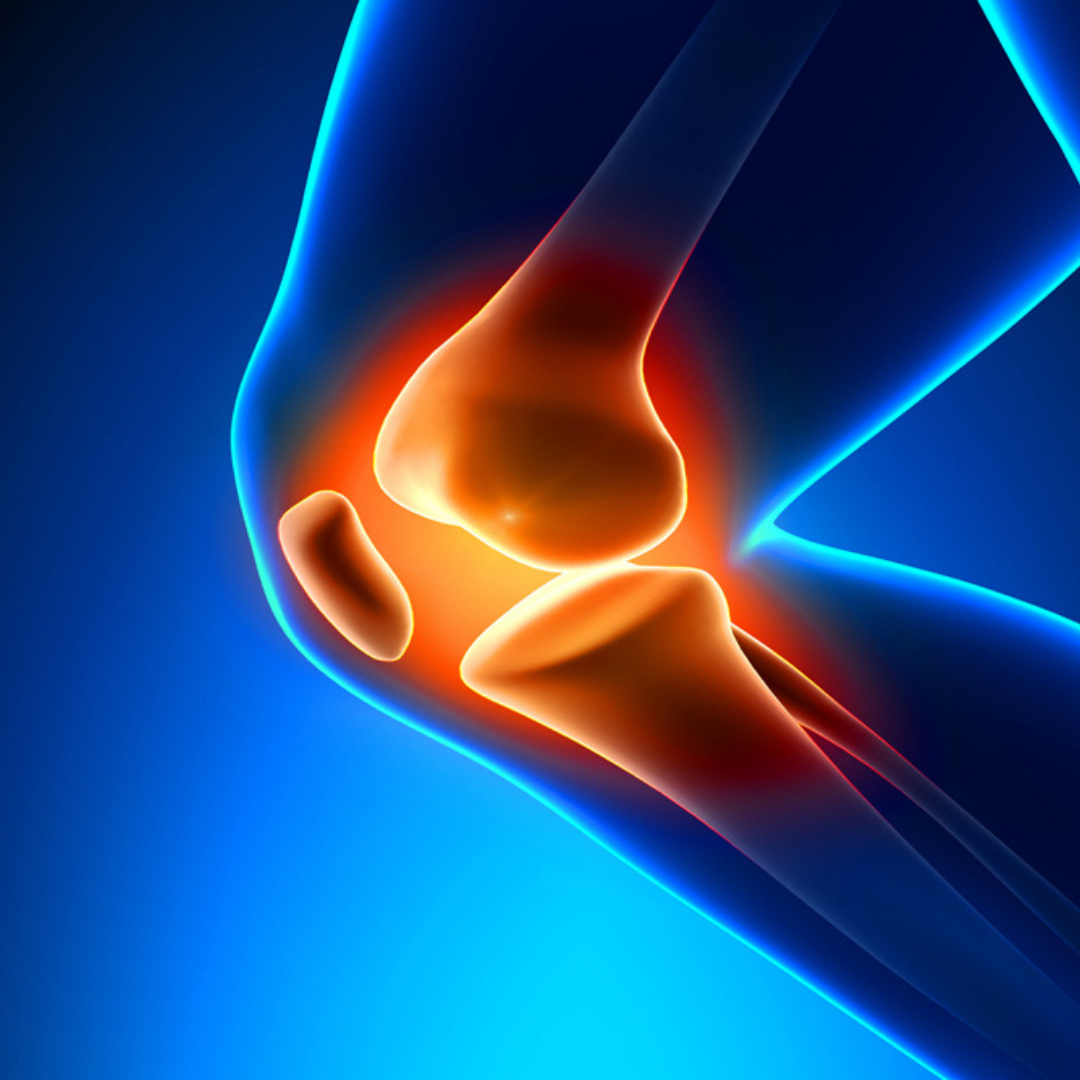
Dr. Jeeva ADHD Clinic
Dr. Jeeva ADHD Clinic in Johannesburg , South Africa Offers Alternative Medicine
Dr. Jeeva ADHD Clinic Profile Overview
.png)
Dr. Jeeve's ADHC Clinic - Specialist Child & Adult Psychiatrist in South Africa
A Summary of ADHD:
ADHD is a disorder characterized by three primary symptoms: hyperactivity, impulsivity and inattention (difficulty focusing and sustaining attention). There are three types; inattentive type, impulsivity-hyperactivity type and a combination type including both inattention and impulsivity-hyperactivity. ADHD is a neurological condition and runs in families. Diagnosis requires a comprehensive assessment and involves a team of professionals. Treatment includes medical, psychological and educational intervention as well as behavioral management. With appropriate intervention and support, people with ADHD can function successfully in society.
What is attention-deficit hyperactivity disorder (ADHD)?
Occasionally, we may all have difficulty sitting still, paying attention or controlling impulsive behaviour. For a person with ADHD, though, these problems become so pervasive and persistent that their ability to function effectively in daily life is compromised. ADHD is a neurological syndrome, found in children as well as adults, that is characterised by easy distractibility, low tolerance for frustration or boredom, a greater tendency to say or do whatever comes to mind (impulsivity) and a predilection for situations with high intensity.
The name Attention-Deficit Hyperactivity Disorder reflects the importance of the inattention/ distraction aspect of the disorder as well as the hyperactivity/ impulsivity aspect. The disorder ADHD symptoms arise in early childhood, unless associated with some type of brain injury later in life.
Symptoms:
There are three primary subtypes of ADHD:
ADHD primarily inattentive type
- Fails to give close attention to details or makes careless mistakes.
- Has difficulty sustaining attention.
- Does not appear to listen.
- Struggles to follow through on instructions.
- Has difficulty with organisation.
- Avoids or dislikes tasks requiring sustained mental effort.
- Is easily distracted.
- Is forgetful in daily activities.
Clinically they present as the classical dreamers, disorganised and often living in their own little world. This leads to major problems with planning and task completion.
ADHD primarily hyperactive/impulsive type
- Fidgets with hands or feet or squirms in chair.
- Has difficulty remaining seated.
- Runs about or climbs excessively.
- Difficulty engaging in activities quietly.
- Acts as if driven by a motor.
- Talks excessively.
- Blurts out answers before questions have been completed.
- Difficulty waiting or taking turns.
- Interrupts or intrudes upon others.
The classical hyperactive group are often a danger to themselves because of the impulsive behaviour
ADHD combined type:
The individual meets both sets of inattention and hyperactive/impulsive criteria, constantly fidgeting and busy with something other than what it expected of them at that moment.
[back to top]
Treatment:
Whilst the exact cause of ADHD is unknown, research has pointed an accusatory finger at genetics. It is widely acknowledged that problems in the home and certain parenting styles may add to a child's frustrations, and it is true that stability in the home can help calm the symptoms of ADHD, but there is no evidence to suggest that bad parenting causes ADHD. Living conditions at home do not cause ADHD nor can they therefore cure ADHD. Studies have shown that a child is 70% more likely to have ADHD if one of the parents are afflicted with the same condition.
Nutrition:
Studies have consistently shown that ADHD patients lack certain nutrients necessary for proper brain functioning. A 1996 study published in the Journal of Child Psychology and Psychiatry, revealed a significant correlation between essential fatty acids and Attention Deficit Hyperactive Disorder. Researchers found decreased levels of amino acids, and zinc in ADHD children. Various scientific studies have shown that there are definite benefits with improved nutrition.
Food allergies have also been shown to have a contributing factor, albeit to a far lesser degree. Many health professionals advocate identifying the underlying causes of ADHD instead of rushing into a course of powerful and potentially harmful drugs for people with ADHD. By addressing the root causes of ADHD you can eliminate, or at the very least, alleviate the need to place children on stimulant ADHD medications.
[back to top]
What is the outcome of ADHD ?
Although individuals with ADHD can be very successful in life, without identification and proper treatment ADHD can have serious consequences, including failure at school, low self esteem, depression, behavioural problems and substance abuse. Early identification and treatment increases the likelihood of a positive long-term outcome. Up to 70 percent of children with ADHD will continue to present symptoms in adulthood.
It is important to note that, despite their difficulties, people with ADHD possess positive personality characteristics, particularly those who receive appropriate intervention and support. People with ADHD can be:
Intelligent, imaginative, creative and original.
Inquisitive, exploratory, and open to new experiences.
Active and energetic.
Enthusiastic, spontaneous, and keen to try out new things.
Entertaining and interesting to talk to and be with.
[back to top]
What causes ADHD?
ADHD is caused by differences in neurotransmitter patterns in certain parts of the brain. Neurotransmitters are chemicals that make it possible for nerve impulses to travel from one nerve cell to another, and therefore play an essential role in the functioning of the brain. The brain performs a vast range of tasks or functions, allowing us, for instance, to see, hear, think, speak and move. Each function is performed by a different part of the brain. In individuals with ADHD there are lower than normal levels of certain neurotransmitters (especially dopamine) in the regions of the brain that are responsible for regulating behaviour and attention. Research also confirms that the Norepinephrine system is also involved in some patients.
ADHD has a genetic component and a group of genes involved has been identified. The genetic component is confirmed with epidimiological studies looking at family groups. Research has shown that in the case of identical twins, if one of the twins has ADHD there is an almost 100% chance that the other twin will show symptoms of ADHD.
ADHD can also be present in some patients with neurological damage occurring either before or after birth. Certain developmental disorders or syndromes, like Fetal Alcohol Syndrome, are associated with a higher incidence of ADHD.
Diet is often cited as the cause for ADHD. Patients with malnutrition or a poor diet may manifest some of the symptoms. In a small subgroup dietary factors may play a role in the worsening of symptoms, especially that of impulsitvity/hyperactivity in younger children. Ongoing research is looking at the role that essential fatty acids play in some patients. Poisoning with heavy metals like lead will create a similar clinical picture in some patients.
Although environmental factors do not play a causal role in ADHD, a disorganised, chaotic and stressful environment can cause behaviour which mimics that of ADHD.
[back to top]
Who gets ADHD?
Three to five percent of children are affected by ADHD. Until recent years, it was believed that children outgrow ADHD in adolescence. Hyperactivity often does diminish during the teen years, but it is now known that symptoms can continue into adulthood. In fact, up to 70 percent of children with ADHD will continue to exhibit symptoms in adulthood and in a major proportion it may still have a negative impact on their functioning in all aspects of life and society.
Males are far more likely to get ADHD, with the ratio of males to females with ADHD being 6 to 1. However, ADHD tends to be underdiagnosed in girls as they more frequently present with the inattentive type, which is more difficult to identify than the hyperactive-impulsive type.
In certain conditions a higher incidence of ADHD are found ie Tourette’s syndrome or Fetal Alcohol Syndrome.
[back to top]
When to see a doctor?
If you notice that your child is exhibiting some of the symptoms described in this article, if your child's teacher tells you that your child is negatively influenced by his/her concentration problems and is difficult or disruptive at school - then seek a medical and psychological opinion. Emotional and other behavioural issues may stem from the individuals inability to cope and full evaluation may determine whether ADHD is the issue, or part of the problem.




.png)


